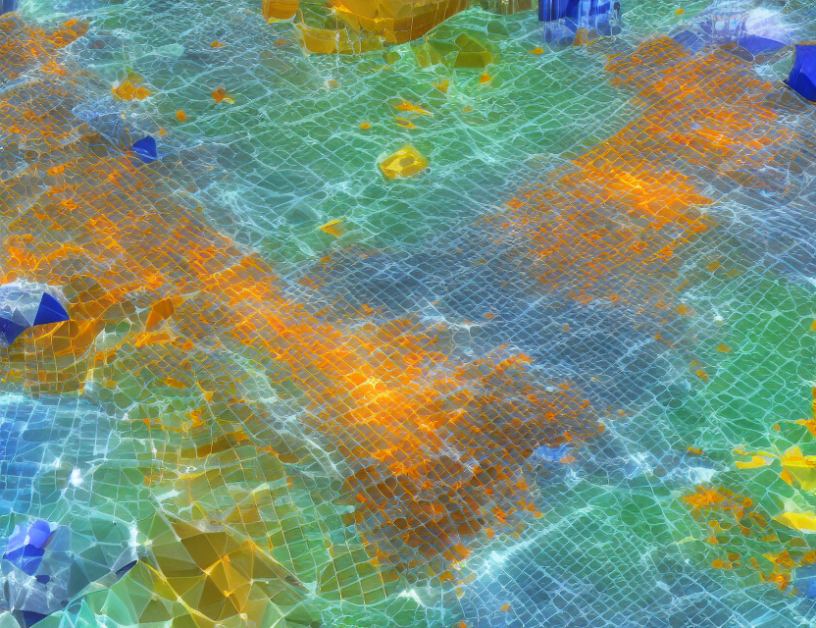In this groundbreaking paper, the authors propose a new neural network architecture for natural language processing tasks called the Transformer model. Unlike traditional recurrent neural networks (RNNs), which process sequences one step at a time, the Transformer model uses self-attention mechanisms to parallelly process entire sequences. This allows it to handle long sequences with ease and achieve better performance.
The authors introduce two key innovations: multi-head attention and position-wise feed-forward networks. Multi-head attention lets the model focus on different aspects of the input sequence simultaneously, while position-wise feed-forward networks enable it to make non-linear transformations more efficiently.
The Transformer model is evaluated on several machine translation tasks, achieving state-of-the-art results. The authors also analyze the attention mechanisms in detail, showing how they help the model understand the input sequence better.
In summary, the Transformer model revolutionizes natural language processing by introducing a novel parallelization technique and two key innovations: multi-head attention and position-wise feed-forward networks. It achieves state-of-the-art results on machine translation tasks and offers valuable insights into how attention mechanisms work.
Summary of "Scaledeep: A Scalable Compute Architecture for Learning and Evaluating Deep Networks" by S. Venkataramani et al.
In this paper, the authors propose a new architecture called Scaledeep to improve the efficiency and scalability of deep neural network training. Scaledeep is designed to address two key challenges: memory bandwidth bottlenecks and sequential processing limitations. It uses a modular architecture with multiple processing elements (PEs) and a hierarchical buffer system to mitigate these issues.
The authors evaluate Scaledeep on several deep learning tasks, including image classification and natural language processing. They show that Scaledeep achieves better performance and scalability than existing architectures while using less power.
In summary, Scaledeep is a novel architecture designed to improve the efficiency and scalability of deep neural network training. It addresses two key challenges using a modular design with hierarchical buffers and achieves better performance and energy efficiency.



